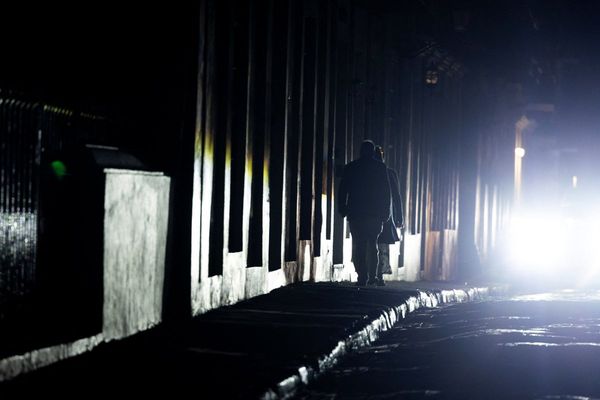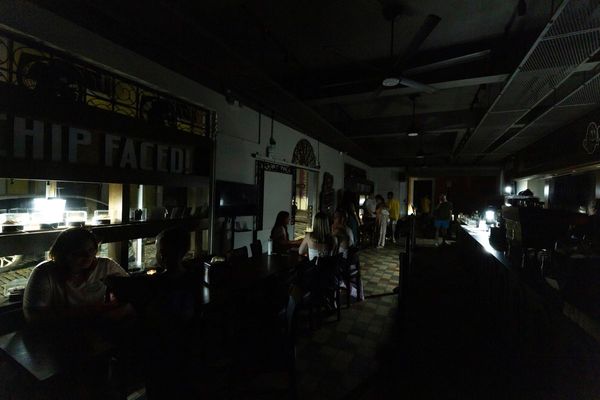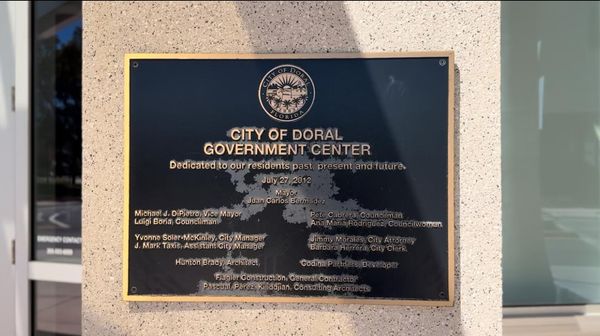
Great cities tend to have great streets. Look at Barcelona and La Rambla, or Paris and Les Champs-Elysées.
Chicago has many great streets, but one is iconic — and could be simply brilliant — and that is Michigan Avenue. Chicago has the opportunity to celebrate and strengthen this civic “boulevard,” elevate it to global greatness and improve city-wide connectedness. It can evolve into a more diverse, people-centric, public realm for everyone, local and international.
I am suggesting we take a holistic view of Michigan Avenue, from Oak Street Beach to Roosevelt Road and eventually to Cermak Road and the Chinatown neighborhood. This unique avenue can be elevated to that of a global “Great Street,” tied to community, culture and tourism, far beyond what it is today.
Great streets are more than just a building address and six lanes of through traffic. They are extensions of our urban public life and important places in themselves. As the pandemic has taught us, the public realm is critical to mental and physical health. Spaces that are accessible, safe, shaded and walkable are critical for all of us living in a city.
Our unique corridor, Michigan Avenue, parallels the lake edge and the Museum Campus, and touches many universities and colleges, student housing, the Theater District, numerous residential neighborhoods and many jobs. It also has landmarks along it, including Grant Park, Millennium Park, the Art Institute, Chicago Cultural Center, Chicago Symphony Hall, the Museum of Contemporary Art, the Chicago Architecture Center, many of Chicago’s hotels, the Auditorium Theater, Spertus College and much more.
As Chicago struggles with losing major retail tenants and recovers from having vacant storefronts, there are lessons we can take from other cities. Diversity of use, great food, walkability, civic and cultural investments and active programming can all lead to a healthier and more vibrant urban environment along our lakefront Great Street.
We can build on Chicago’s strengths and envision a future Michigan Avenue with these five thoughts in mind.
Brilliant culture: Seeing the Avenue as a unique cultural destination
From Roosevelt Road and the Museum Campus to Oak Street Beach, the sidewalks of Michigan Avenue should be seen as a public realm for annual international exhibits, art installations and events. Imagine a light installation from Roosevelt Road to Oak Street, or the Chicago Architecture Biennial exhibited along Michigan Avenue sidewalks for the public to engage with.
Smart transit: Reinventing the Avenue as a unique transit corridor
From Oak Street to the Chicago River, to Grant Park, to the Museum Campus, a special smart electric bus system on five-minute headways would connect multiple destinations along Michigan Avenue and into the Museum Campus. By connecting to the Grant Park garages and the existing river transit stop at the Michigan Avenue bridge, this corridor can do much more to assist in linking important destinations.
Food: Bringing great food to the Avenue
Michigan Avenue continues to offer more restaurant options that are transforming it from what was once a non-food environment. This concept should continue. Chicagoans and visitors should see this corridor as the place to meet and enjoy a meal together, extending the life on the street well into the evening.
Walkability: Strengthening the Avenue for pedestrians
We should continue to improve spaces for pedestrians, including shaded sidewalks, trees and seasonal landscaping. Michigan Avenue can be our green promenade that is also a response to heat islands that occur in urbanized environments. Improving the pedestrian connections between the lakefront pedestrian path system and Michigan Avenue would connect two great pedestrian assets, advancing the city’s identity as “walkable.”
Public voice: Encouraging community authorship
Implementing this vision will require a citizen-driven effort — which will lead to remarkable results for Chicagoans and visitors.
We can connect our assets, leverage our city’s strengths, connect North and South Side neighborhoods, have a better way into and out of the Museum Campus — and have the greatest street of any American city. We just have to see ourselves as city-builders of a better public realm.
Philip Enquist, FAIA (Fellow, American Institute of Architects), is an architect and urbanist.
The Sun-Times welcomes letters to the editor and op-eds. See our guidelines.







